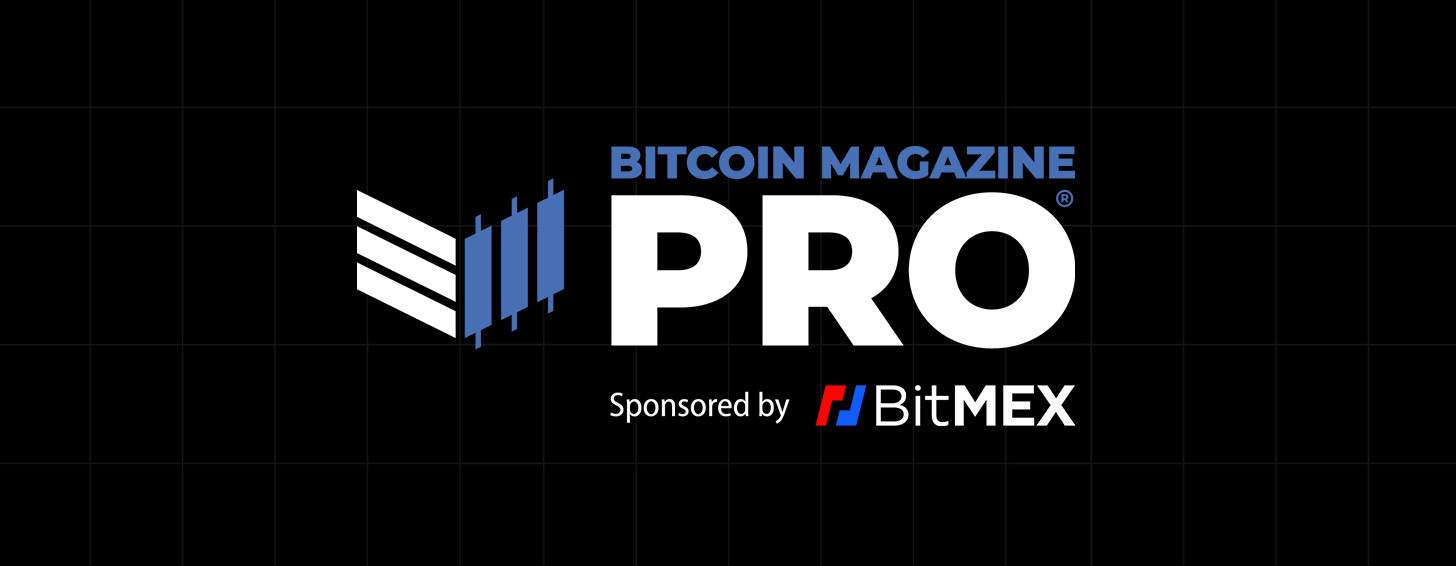Volatility Is Back: Where Will Bitcoin Bottom?
September’s CPI release comes in hotter than expected and sparks one of the most volatile days we’ve seen yet. The market walks a thin line between a face ripping rally and another leg down.
Relevant Past Articles:
CPI Volatility Doesn’t Disappoint
Yesterday we highlighted a potential for CPI to surprise to the upside and bring more volatility — and that’s exactly what we got today and more. We won’t cover the components that drove the surprise in detail since we highlighted much of that yesterday, but the key takeaway is that Core CPI came in hotter than expected at 6.6% year-over-year and 0.4% month-over-month with shelter (rent, housing components, etc) and medical services as key drivers. This is the fastest rate of change in annual headline Core CPI since 1982. To compare the various components over the last three months, check out this chart.
Bonus Content: Bitcoin Magazine PRO Head of Market Research Dylan LeClair hosted a panel at Bitcoin Amsterdam with Greg Foss, Jeff Booth, Niko Jilch & Prince Phillip of Serbia: “Has Bitcoin’s Inflation Hedge Narrative Failed?”
The markets reacted with some extreme volatility as a result. First, we saw a major sell-off in equities, bitcoin and bonds in response to the release. Then we saw late shorts get burned as selling aggression ramped up into the bottom, but ultimately we got a fairly calm close. Barring whatever other factors driving the market higher after the initial move, this is a clear sign of an unhealthy, illiquid and uncertain market facing extreme (fatter) tail risks on both sides. Vicious rallies can occur at any time and so can another leg down. The S&P 500 saw a 5.31% upward move from the wick bottom to the top while bitcoin increased 7.06% in a similar move.
As for the rates, the latest implied federal funds rate from the eurodollar market shows a peak just above 5% in March 2023 before any rate cuts happen at the end of the year.
Where’s The Bitcoin Price Low?
With a fall to $18,000 inching closer and bitcoin facing risks of new year-to-date lows, it’s worth taking a look at a few key bottom price levels to gauge where the price may end up. First, let’s look at the fixed volume range profile of bitcoin since the December 2018 bottom of last cycle.
The overwhelming majority of traded volume in the market occurred right around $10,000, also a key psychological level. In a strong downward move, $10,000 is a place where many in the market have their spot cost basis and could start feeling some real drawdown pain or lack of conviction.
Although GBTC is nothing like self-custodied bitcoin, the current implied GBTC bitcoin price is $11,641 at a discount to net asset value (NAV) of 38.7%. Although GBTC has custody, duration and legal risks of its own, it has been a market indicator of institutional demand. Even at the current market discounted price of $11,641 with more upside return if the trust converts into a spot ETF, we’re still not seeing much of a bid at these implied levels.
In terms of bear market and cycle duration, let’s revisit the cyclical drawdown chart for bitcoin in current and previous cycles. Currently, we’re right around a 72.23% drawdown from an all-time high closing price of $67,589. If we are going to see a max cycle drawdown come in less than the last two cycles — let’s say around 80% — then we’re looking at a price around $13,500. If we assume that this cycle and popping of valuations will be much worse, let’s say around 85%, then we’re looking at a price around $10,100. The bull case is that we’ve found a durable bottom at $18,000 and we won’t see the max drawdown reach beyond 73%.
From an on-chain perspective, one of the more interesting realized price areas is the realized price held by the cohort of addresses that have 10-100 BTC. Recall that realized price is an estimate of the average cost basis based on the price when UTXOs last moved. This particular group accounts for around 22.6% of all circulating supply. This group would certainly reflect a decent portion of long-term holders and there’s a case to be made that in a deep, prolonged bear market, long-term holders have yet to feel the pain or capitulation that we’ve seen in the past.
In the second chart shown below, we highlight Glassnode’s net unrealized profit and loss (NUPL) metric for all long-term holders. We’ve really yet to reach drastic, maximum capitulation unrealized loss levels for long-term holders because of the cohorts with a much lower cost basis. Either cycles have a growing trend of lower unrealized losses relative to cost basis over time or we just haven’t reached a long-term holder capitulation period. We lean towards the latter.
Source: Whale Map
Source: Glassnode
Thank you for reading Bitcoin Magazine Pro, we sincerely appreciate your support! Please consider leaving a like and letting us know your thoughts in the comments section. As well, sharing goes a long way toward helping us reach a wider audience!












I read your newsletters daily, without fail
As always great research 👍🏻